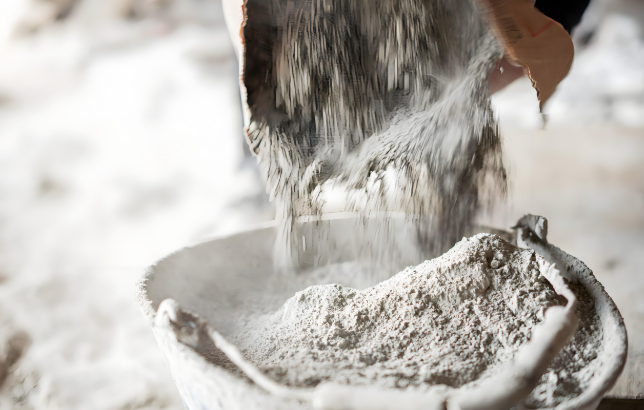
Determination of iron, magnesium, titanium, aluminum, calcium and sodium in cement by ICP
Release Date :2025-03-24

Cement is a kind of powdery hydraulic inorganic cementing material, which is generally not used alone. It is often used to join sand and gravel to form mortar or concrete. It is mixed with water to form a slurry, which can harden in air or in water, and can firmly cement sand, stone and other materials together. Cement has high hardness after hardening and can bear a lot of loads, so it is widely used in the construction of foundations, walls, columns, beams and other structures of buildings. The content of different elements in the application has a great impact on the quality of cement, so it is necessary to establish a detection method for various trace elements in cement. The analysis of trace elements in cement mainly uses inductively coupled plasma atomic emission spectroscopy (ICP-OES) method and inductively coupled plasma mass spectrometry (ICP-MS) method. In this paper, according to the method of inductively coupled plasma atomic emission spectrometry in the national standard GBT176-2017, after optimizing the detection conditions, a method for the determination of iron, magnesium, titanium, aluminum, calcium and sodium in cement by inductively coupled plasma atomic emission spectrometry (ICP-OES) was established, which can be used for reference by relevant personnel. Attachment download
| Application Field : | Release Date :2025-03-24 |
| Test Sample : | Test Parameters :Environmental testing |
| Page Views :次 | Downloads : |
| Reference Standards : |
Configuration
Download Solution :
Determination of iron, magnesium, titanium, aluminum, calcium and sodium in cement by ICP
 Download Files
Download Files

